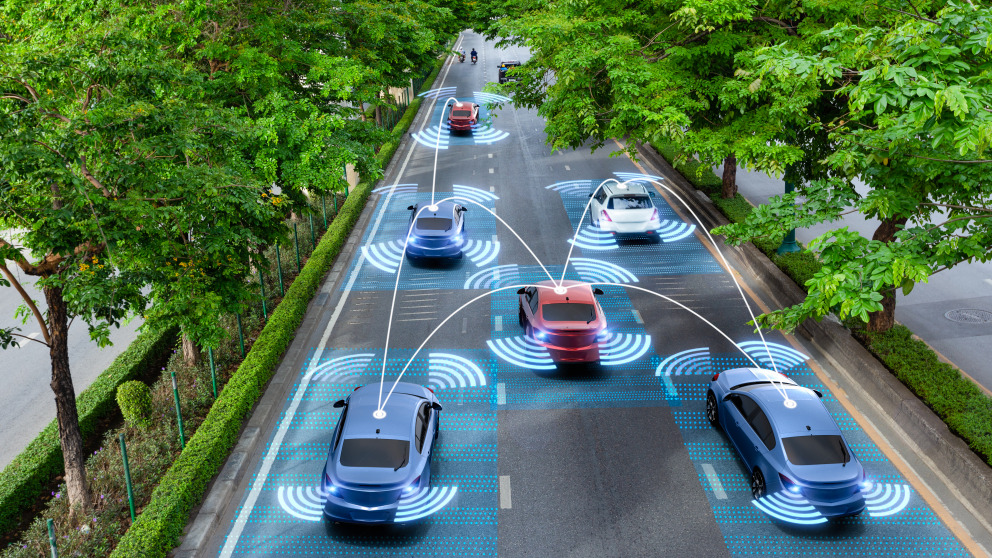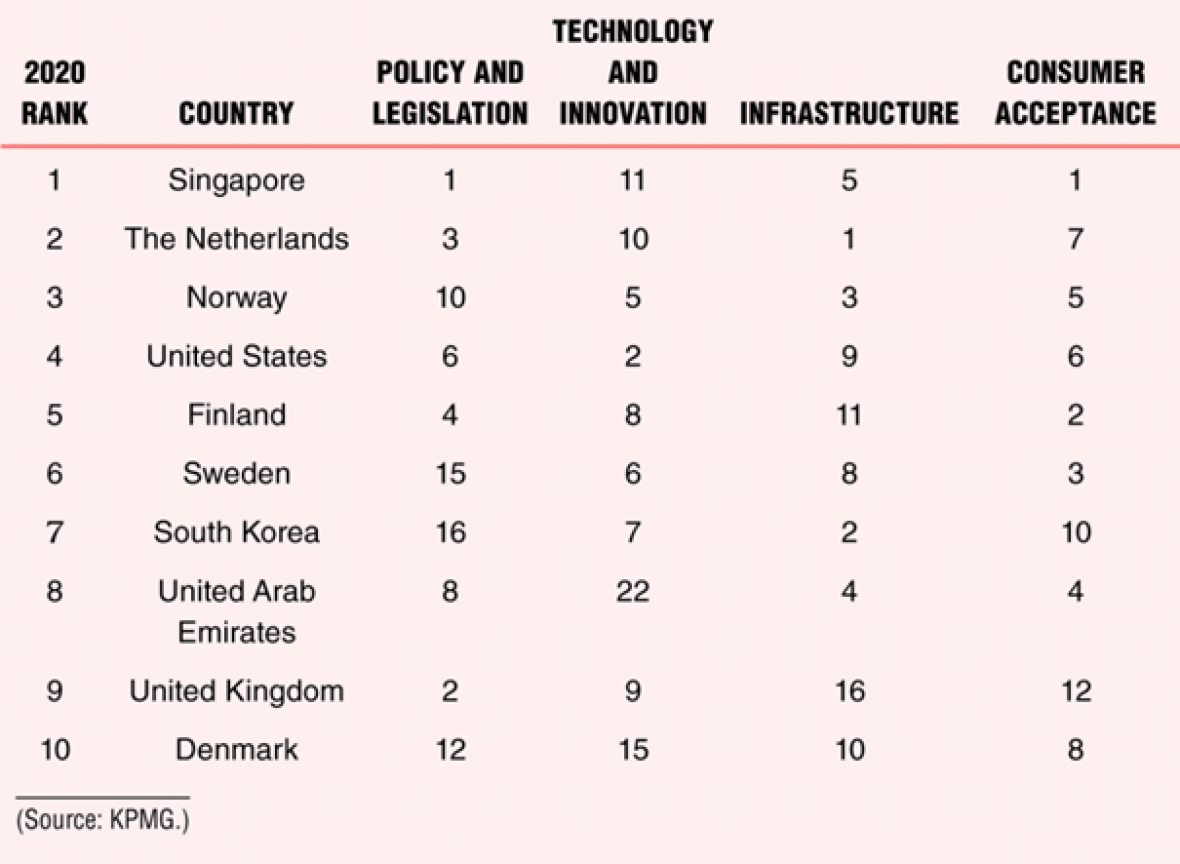Are Societies Ready For Autonomous Vehicles?
16.07.2021
The use of autonomous vehicles is being trialled in cities around the world, with applications ranging from garbage collection to freight forwarding and public transport. Many of these trials examine not just technologies but also the social acceptance of autonomous vehicles. A new study by researchers from the Institute for Advanced Sustainability Studies (IASS) and the Singapore University of Technology and Design (SUTD) looks to Singapore to explore how societies can best support the introduction of autonomous vehicles.

The use of autonomous vehicles in public transport is widely viewed as an integral part of smart city planning that is expected to make urban mobility more convenient, efficient, and cost effective. A number of autonomous vehicle technologies are currently being trialled in countries around the world, including The Netherlands, the United States, the United Kingdom, Sweden, Germany, and Japan, to name just a few (for an overview of current trials, see: https://imoveaustralia.com/smart-mobility-projects-trials-list/). While the development of autonomous vehicle technologies has progressed rapidly, our understanding of their social dimensions has not. As a result, even if these technologies were ready for deployment, societies may not yet be ready to accept and adopt self-driving vehicles.
“Our paper takes a deeper look at citizens' perceptions of autonomous vehicles in Singapore,” explains lead author and IASS researcher Jude Kurniawan. “We want to better understand how autonomous vehicles and mobility platforms could be adopted and successfully deployed.” And Singapore began testing these technologies earlier than other cities.
What are autonomous vehicles?
The term “autonomous vehicle (AV) technology” refers to technologies that that take some form of control over vehicles that a human driver would otherwise perform. They include not only in-vehicle but also outside-vehicle technologies that help vehicles navigate and perceive their surroundings. AVs are often fitted with lidar (light detection and ranging) and radar (radio detection and ranging) sensors and video cameras to monitor the vehicle’s surroundings.
Autonomous vehicles navigate using GPS systems and other onboard components to pinpoint their location. A central computer onboard processes the inputs from various sensors and controls driving functions, such as steering, accelerating, and braking.
There are six levels of automation: Level 0 is a fully manual mode in which the driver is in control of the vehicle. Levels 1 and 2 include automatic features that assist drivers. Examples include cruise control and lane change detection. At levels 3 and 4, the AV technology takes full control of the vehicle in certain parts of trips, but the driver’s intervention is required in complex situations. At level 5, the AV takes full control. In fully autonomous driving, vehicles are programmed to scan the environment, understand traffic conditions, and make maneuvering and route decisions. The scope of AV technologies extends to so-called “connected vehicles”. In this fully autonomous mode, AVs must perform many complex decisions requiring greater awareness of other vehicles’ locations as well as road and traffic conditions based on information transmitted by road infrastructures such as traffic lights and signs. These vehicles are both vehicle-to-vehicle networked and vehicle-to-infrastructure networked.

A series of citizen dialogues and workshops conducted in different cities to discuss the future of AV mobility suggest that Singapore’s residents are highly supportive of AV technology. Indeed, Singaporeans appear to be more receptive toward AVs than their counterparts in Europe and North America. Singaporeans are also more optimistic about autonomous mobility (74 percent) than Europeans (56 percent) and North Americans (60 percent).
What expectations do people have?
In focus group discussions, researchers in Singapore found that people’s expectations were shaped by the challenges they encountered in interactions with existing transport systems. For example, participants expressed that owning a car is expensive and traveling within the city by public transport takes too long. The researchers’ conclusion: People in Singapore want more cost-effective, reliable, and efficient modes of transport than the existing ones Since the existing public transport system in Singapore is of a high standard already, Singaporeans will have high expectations of AV technologies as well.
Singapore, the team of authors suggests, presents a useful case for understanding how autonomous driving could be introduced in cities. The key insights and lessons learned from its approach will be important to consider as cities plan for their own AV deployments. One important consideration is the social acceptance of AVs, which touches on diverse issues around socioeconomic, sociotechnical, sociocultural, and sociopolitical aspects of everyday life.
Publication:
Jude H. Kurniawan, Samuel Chng and Lynette Cheah: The Social Acceptance of Autonomous Vehicles, IEEE Potentials, Vol. 40, no. 4, pp. 39-44, July 2021. DOI: 10.1109/MPOT.2020.2991059.
